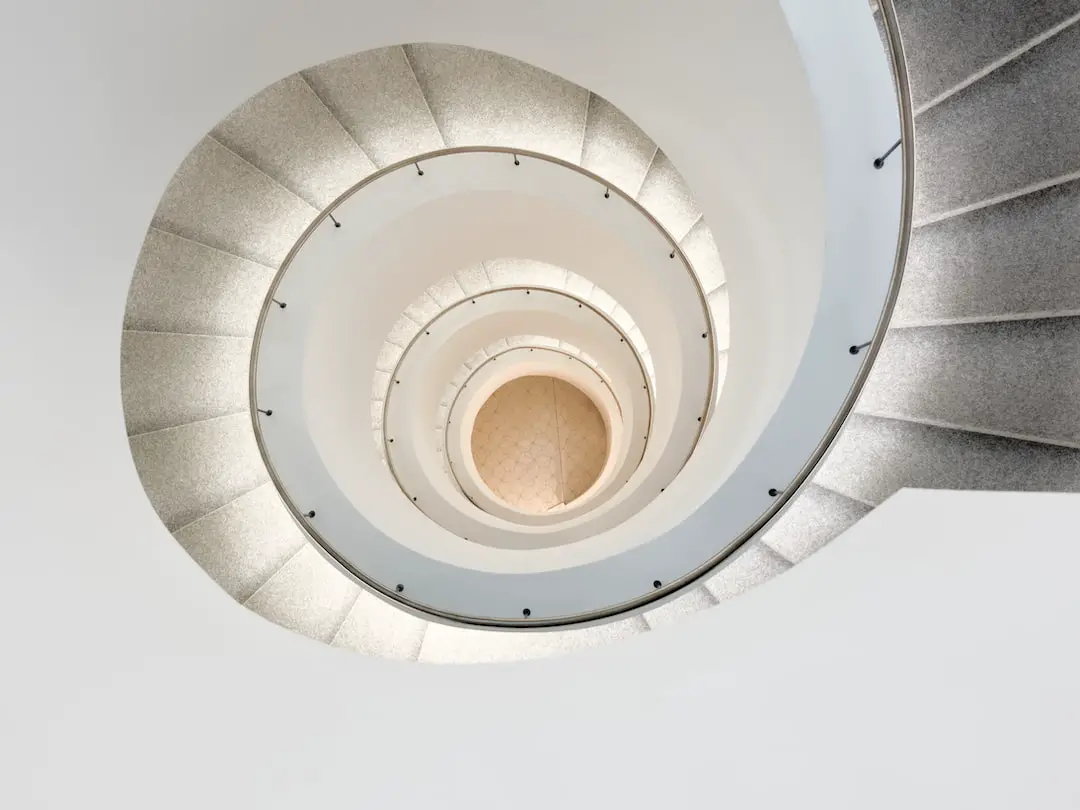
Imagine strolling through the streets of Bonn, Germany, where each building tells a story, whispering secrets of a past that seamlessly blends into the modern skyline. This city, nestled by the Rhine River, has been a silent witness to an architectural evolution that’s as rich and diverse as its history. From Romanesque influences to the sleek lines of contemporary design, Bonn’s architecture is a tapestry woven with the threads of time.
The Romanesque Roots
Let’s start our journey with the Romanesque period, where Bonn’s architectural heritage took Root. The Bonn Minster, with its imposing spires, stands as a testament to this era. It’s a marvel that has stood the test of time, surviving through centuries of change. Its robust and heavy walls, rounded arches, and symmetrical form speak volumes about the era’s design philosophy.
Gothic Grandeur
As we move forward in time, the Gothic style made its mark on Bonn. The cloisters of the old city hall, with their pointed arches and intricate stonework, are a perfect example. This was an era that aimed for the heavens, with structures reaching skyward, as if in an attempt to touch the divine.
Renaissance and Baroque Brilliance
The Renaissance brought a breath of fresh air to Bonn’s architecture. Buildings from this period, like the Poppelsdorf Palace, showcase the symmetry, proportion, and geometry that were the hallmarks of the time. Then came the Baroque, with its opulence and grandeur. The Electoral Palace, now part of the University of Bonn, flaunts this style with its lavish decorations and elaborate facades.
Classicism and the Turn of the Century
As the winds of change blew over Europe, Bonn embraced Classicism. This was a return to simplicity and purity of form, a nod to the ancient civilizations of Greece and Rome. The Beethoven House, birthplace of the legendary composer, is a fine example of this architectural style, with its clean lines and restrained elegance.
Then, as the 19th century waned, a new style emerged. Gründerzeit architecture, with its eclectic mix of elements, began to dot the Bonn landscape. These buildings were grand and ornate, a reflection of the newfound confidence and prosperity of the era.
Modernism and Beyond
The 20th century brought with it Modernism, and Bonn was no exception to its influence. The Post Tower, soaring into the sky, is a contemporary icon of this style in Bonn. It’s all about function over form, with clean lines and a lack of ornamentation that speaks to a new age of architecture.
Today, Bonn continues to evolve. The city is a canvas for architects who draw from the past while looking to the future. Sustainable building practices and innovative designs are shaping a new chapter in the city’s architectural story.
FAQs
What architectural styles can be found in Bonn?
Bonn is home to a variety of architectural styles, including Romanesque, Gothic, Renaissance, Baroque, Classicism, Gründerzeit, and Modernism. Each period has left its unique imprint on the city’s landscape.
Can you visit historical buildings in Bonn?
Absolutely! Many of Bonn’s historical buildings are open to the public. Places like the Bonn Minster, Poppelsdorf Palace, and the Beethoven House welcome visitors who are eager to delve into the city’s rich architectural heritage.
How has modern architecture influenced Bonn?
Modern architecture in Bonn is characterized by sustainability and innovation. Buildings like the Post Tower exemplify the modernist principles of functionality and simplicity, while newer constructions are incorporating green technologies and eco-friendly designs.
Conclusion
In conclusion, Bonn’s architecture is a fascinating journey from the past to the present. Each era has contributed to the city’s unique architectural landscape, creating a rich tapestry that reflects the changing times and tastes. From the Romanesque Bonn Minster to the modern Post Tower, the city offers a living history lesson etched in stone and steel. As Bonn continues to grow and adapt, its architecture remains a testament to the city’s resilience and its unending quest for beauty and functionality.
For those of us who’ve walked these streets and felt the weight of history in its buildings, Bonn’s architecture is more than just structures; it’s a narrative of human endeavor. And for those looking to explore or invest in this city, understanding its architectural evolution is key to appreciating its true value. So, whether you’re a history buff, an architecture enthusiast, or someone simply in love with the charm of old-world cities, Bonn’s architectural journey is sure to captivate and inspire.